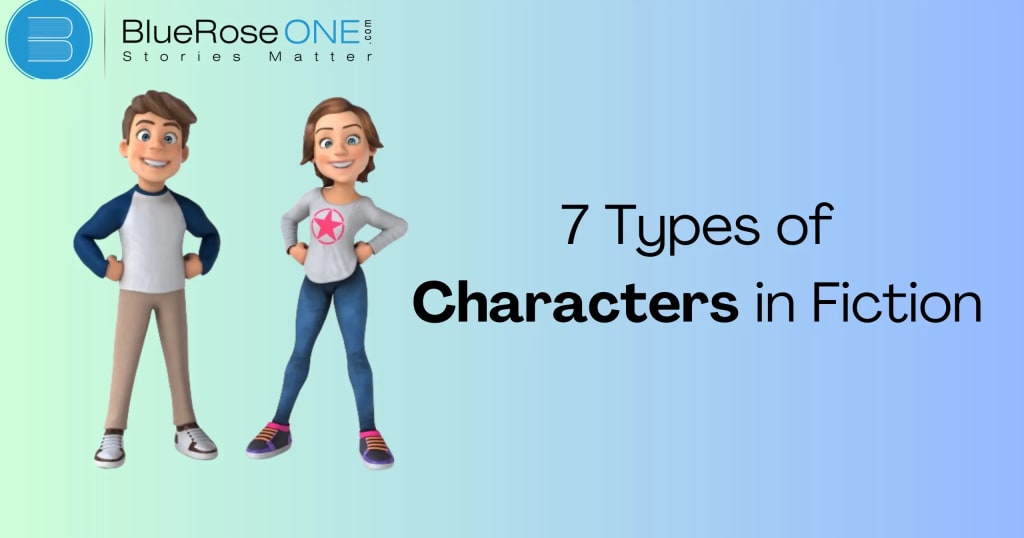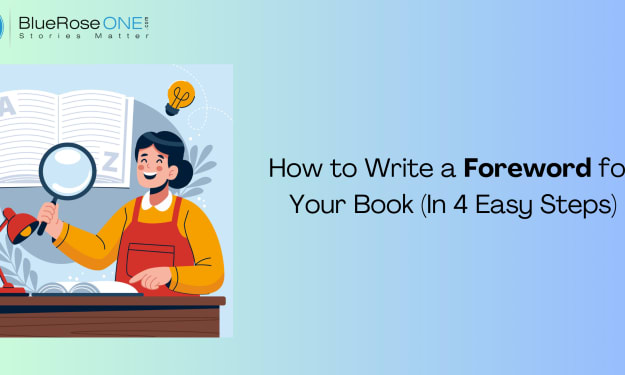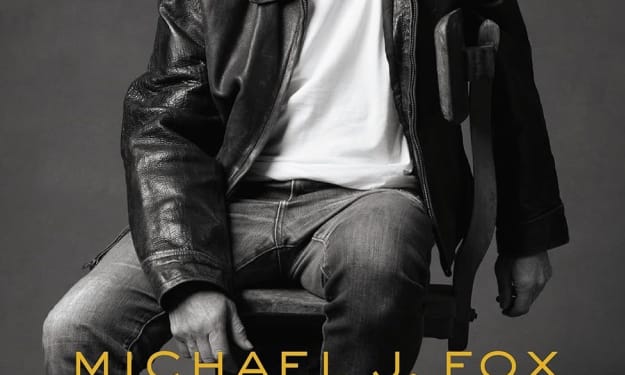7 Types of Characters in Fiction (and How to Use Them)
Types of Characters

Fictional universes are full of many characters, each of whom contributes in a different way to the plot’s advancement. These characters, who range from mentors teaching young protégés to heroes facing overwhelming obstacles, provide interest and memorability to stories.
This post will examine eleven different categories of fictional characters, stressing their functions and provide instances to show how significant they are.
Protagonist
A protagonist is the primary character in a novel; they are usually the protagonist’s point of interest and the one that readers are expected to identify with. Through their choices, actions, and growth, this character propels the story along.
Protagonists in fiction are usually multifaceted, complex people who go through major life changes and personal growth. Due to the fact that their journey frequently mirrors universal themes of hardship, resilience, and transformation, they are essential in forging an emotional connection with the audience.
Well-known protagonists with distinctive qualities that enthral readers and advance their storylines include Atticus Finch, Elizabeth Bennet, and Harry Potter.
Antagonist
In fiction, an antagonist is a figure who stands in the protagonist’s way, causing conflict and advancing the plot. Antagonists are more complex than simple villains; they might be people, organisations, or even impersonal factors like society conventions or personal conflicts.
They oppose the protagonist’s objectives and frequently allude to the main ideas of the narrative. Antagonists force the protagonist to change and evolve by heightening the suspense and complexity of the story.
They play a crucial role in determining the plot’s direction and emotional impact, whether via overt conflict or covert manipulation, which makes them essential to engaging storytelling.
Foil
A “foil” in fiction is a character created to contrast with another character, usually the protagonist, in order to draw attention to specific attributes and characteristics of the main character.
By highlighting the contrasts between the two characters, this literary device frequently helps the reader better comprehend the qualities of the protagonist. In Mary Shelley’s “Frankenstein,” for instance, the emotional, impetuous creation of Victor Frankenstein is juxtaposed with the composed, logical Victor Frankenstein.
Through their exchanges, the foil character advances the narrative’s thematic growth while simultaneously enhancing the protagonist’s complexity.
Dynamic Character
Throughout a narrative, a dynamic character experiences profound interior transformation, frequently resulting in changes to their viewpoint, disposition, or morals. Important incidents and confrontations that put the character’s intentions and values to the test typically serve as the catalyst for this metamorphosis.
Readers can relate to and find more complexity in dynamic personalities than in static ones, who stay the same. Examples are Elizabeth Bennet in “Pride and Prejudice,” who goes from prejudice to understanding, and Ebenezer Scrooge in “A Christmas Carol,” who goes from being stingy to giving.
In literature, dynamic people are essential because they propel the plot and give the story dimension.
Static Character
In fiction, a static character doesn’t really change throughout the narrative. Statistic characters have personalities, viewpoints, and behaviours that remain constant throughout, in contrast to dynamic characters that go through substantial internal change.
This consistency can be used to emphasise the growth of dynamic characters or to further thematic components, among other narrative goals. Characters that serve as mentors or sidekicks and offer consistency and contrast to the story are known as static characters.
Atticus Finch, for instance, is a static character in Harper Lee’s “To Kill a Mockingbird,” constantly displaying moral courage and integrity, which highlights the book’s themes of justice and righteousness.
Round Character
In fiction, a round character is a multifaceted, complicated personality that frequently has the complexity and depth of a real person. In contrast to one-dimensional flat characters who fulfil predetermined roles in the story, round characters experience substantial growth and display a variety of motivations, emotions, and conflicts.
Readers will find them more relevant and interesting because they frequently have internal challenges and change during the narrative.
Elizabeth Bennet from “Pride and Prejudice” and Jay Gatsby from “The Great Gatsby,” two characters that exhibit significant personal development and complexity, are two examples of round characters. The richness and reality of the story are greatly enhanced by their dynamic, rich nature. .Continue reading
About the Creator
Enjoyed the story? Support the Creator.
Subscribe for free to receive all their stories in your feed. You could also pledge your support or give them a one-off tip, letting them know you appreciate their work.





Comments
There are no comments for this story
Be the first to respond and start the conversation.